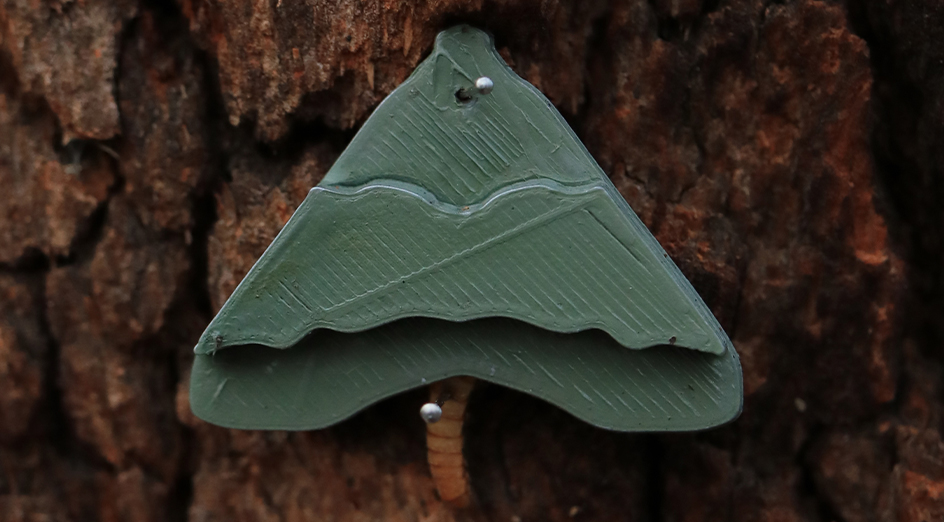A study led by The University of Western Australia has revealed a tool used by prey to conceal 3D body shapes in nature, providing a different perspective on how camouflage works.
“Our work suggests that patterns that interfere with animals’ depth perception could be an intriguing strategy for avoiding predation.”
Dr Jennifer Kelley, UWA School of Biological Sciences
The experiment, led by Master’s student Jemma King, was held in Western Australia’s South West and investigated how camouflaging colouration may not always involve cryptic colours and patterns that blend in with an environment.

Dr Jennifer Kelley from UWA’s School of Biological Sciences said prey with disrupted body surfaces proved to have higher survival rates by avoiding detection.
“High contrast patterns that give the impression the body is split into separate surfaces of different levels, could help enhance concealment by manipulating depth perception,” Dr Kelley said.
“This assumed that 3D prey with split body surfaces are less detectable than prey with connected surfaces.”
While other studies to date have used visual detection models or humans to simulate predator detection, this investigation put the theory to the test in the wild.
Various targets resembling moths, with a mealworm attached as bait, were pinned to trees throughout the Balingup area of WA’s South West.

Those included 3D-printed models with disrupted, split level body surfaces, and 2D prey with high contrast patterning that may give the false perception of a split surface.
“We used the 3D-printed moth-like targets to bait wild bird predators and found that splitting the body’s surface into two levels enhanced the survival chances of prey,” Dr Kelley said.
Researchers saw poorer results at avoiding detection when using the 2D models.
“Our work suggests that patterns that interfere with animals’ depth perception could be an intriguing strategy for avoiding predation,” Dr Kelley said.
The findings have been detailed in , and published today in The Royal Society journal, .








